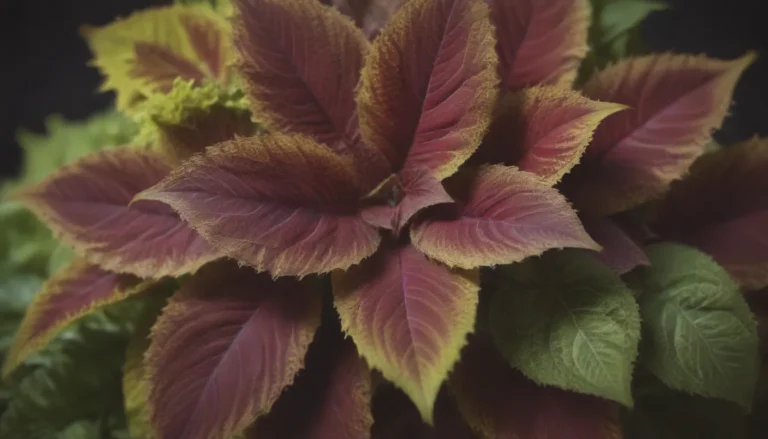The Complete Guide to Identifying and Removing Japanese Honeysuckle

If you have ever encountered Japanese honeysuckle in your garden, you know what a nuisance it can be. This extremely vigorous perennial vine, with its fragrant flowers and long bloom period, may have initially tempted you to plant it. Still, alas, it is a highly invasive species that poses a significant threat to native plants and wildlife. In this comprehensive guide, we will delve into the world of Japanese honeysuckle, learning how to identify it and effectively remove it from your landscape.
Understanding the Threat of Japanese Honeysuckle
What Makes Japanese Honeysuckle Invasive?
Japanese honeysuckle was once a popular choice for gardeners due to its ability to thrive in shady spots and dry soils. However, it is now considered an invasive species in many regions, outcompeting native plants and wreaking havoc on ecosystems. This vine is particularly aggressive in areas where it remains evergreen, choking out trees and shrubs by forming dense mats on the ground and climbing into canopies.
Recognizing Japanese Honeysuckle
Identifying Japanese honeysuckle is essential for effective removal. This vine has distinctive characteristics that set it apart from other species:
– Deciduous in colder climates, evergreen in warmer regions
– Twines around trees and structures, as opposed to using tendrils or aerial roots
– Young vines have green stems with fine hairs, turning woody with age
– Oval, hairy leaves that are opposite with two per node
– Fragrant white flowers turning yellow with long bloom period from spring to fall
– Black berries from September to November
How to Remove Japanese Honeysuckle
Removing Japanese honeysuckle requires a proactive approach, especially if the infestation is severe. Here are some steps you can take to effectively eliminate this invasive vine from your landscape:
- Hand-Pulling: If you only have a few small vines, you can manually pull them out before they set seed in the fall.
- Cutting: Cut the vines down to ground level, preferably in late summer. Immediately apply a broad-spectrum herbicide to the cut stumps to prevent regrowth.
- Mowing: For larger infestations, mow the honeysuckle down as close to the ground as possible. Treat the new growth with herbicide once it sprouts.
- Native Alternatives: Consider planting native, non-invasive alternatives like Trumpet honeysuckle as a more sustainable option for your garden.
No matter which method you choose, be sure to monitor the area regularly and treat any newly sprouting vines promptly to prevent reinfestation. Always follow safety precautions when using herbicides, including wearing protective clothing and following product instructions carefully.
The Ongoing Battle Against Japanese Honeysuckle
Even with ongoing efforts to control and eradicate Japanese honeysuckle, this invasive species remains a significant threat to natural ecosystems. Several states have even banned the sale of Japanese honeysuckle due to its harmful impacts on the environment. Despite its attractive appearance, this plant can cause lasting damage if left unchecked.
In conclusion, Japanese honeysuckle may have once seemed like a charming addition to your garden, but its invasive nature poses a real danger to native flora and fauna. By taking proactive steps to identify and remove this plant, you can help protect your local environment and promote biodiversity in your landscape.
For more information on Japanese honeysuckle and invasive species management, consult resources from organizations such as the USDA National Invasive Species Information Center, North Carolina State University Extension, University of Maryland Extension, and the Texas Invasive Species Institute.
Remember, the fight against Japanese honeysuckle is ongoing, but with persistence and dedication, you can create a thriving garden that supports native species and preserves the natural balance of your ecosystem.





